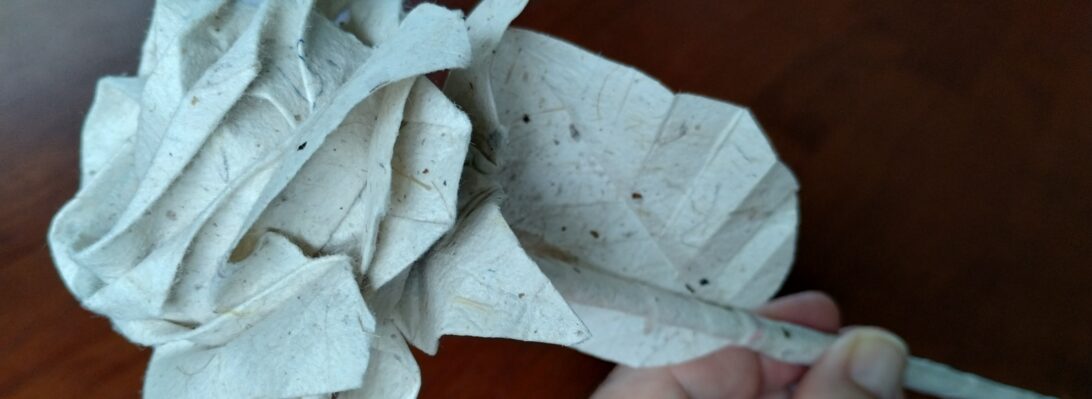“Round the corner came a black horse, no hobbit-pony but a full-sized horse; and on it sat a large man, who seemed to crouch in the saddle, wrapped in a great black cloak and hood, so that only his boots in the high stirrups showed below; his face was shadowed and invisible.
“When it reached the tree and was level with Frodo the horse stopped. The riding figure sat quite still with its head bowed, as if listening. From inside the hood came a noise as of someone sniffing to catch an elusive scent; the head turned from side to side of the road.” – “Three is Company,” Fellowship of the Ring, p. 84
I hate it when things beat me – I find it really hard to let it go:
On my FOURTH attempt, I managed to fold Jason Ku’s amazing model of a Dark Rider (version 8.1) – another character/thing from Lord of the Rings. This is getting to be a habit but is part of the build up to the release of the first part of “The Hobbit”, and I am a bit of a fan.
This fold took me an age (about 6 hours of actual folding) – determined to be accurate, take my time and complete each step as neatly as I could, this strategy paid off through stonkingly complicated twists, crimps and spread-squashes as you coax a square of paper into a possessed horse with a robed rider.
I am particularly proud of the hands/gauntlets – my variation on Jason Ku’s design, I think it looks better. there is so much to see in this model that it is difficult to photograph it and do it justice.
A huge piece of Kraft paper (60cm square) results in a decent sized model (14cm at its tallest) with amazing detail. My only criticism I guess is the flimsiness of the front legs – completely unable to support the bulk of paper above.
I mounted this model on a simple wire armature, so it can stand – he sinisterly looks like he is reaching for something (the one ring, naturally) and I like that the robes look full but are empty.
I masterpiece in design, there were many times I just had to walk away, unable to fathom what the next step meant or how I was going to achieve it. Kraft paper is remarkably forgiving and there was nearly no paper fatigue near the end. Not sure how you could actually fold this model with thicker paper as the centre gets very dense and shaping requires you to wrangle upwards of 20 layers.
I am totally chuffed to have achieved this, my first successful fold after so many failures – one I even had the paper disintegrate in my hands due to fatigue. I found myself having to look forward to how the manoeuvre looks when done to work out some of the ore complex swivels, reverses and open sinks.
As awesome as this model is, this design is NOT a beginners model – the instructions need interpretation as many steps require many new folds to happen at the same time (some without reference). Indeed I look at my first successful attempt and notice a bunch of things I will do differently next time I fold it.
No idea what I will do with this model, but I am pleased I can now mentally tick this one off in my folders bucket list.













